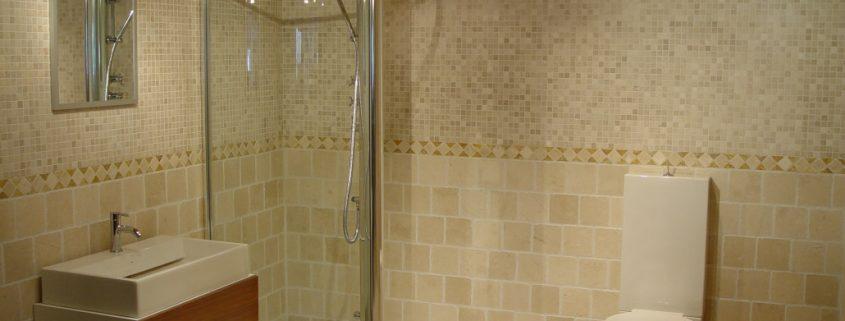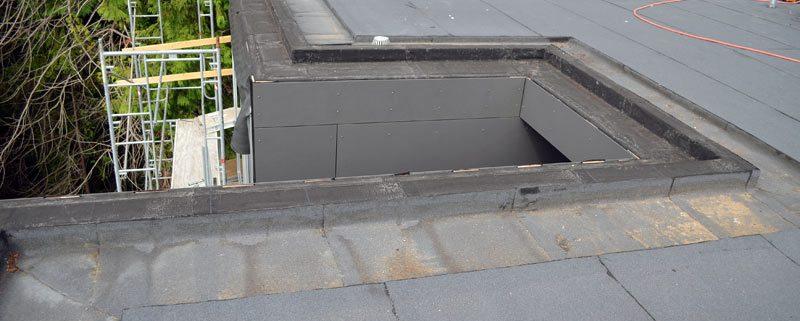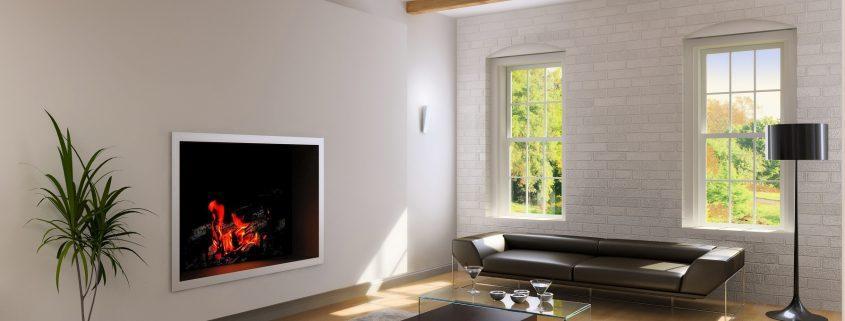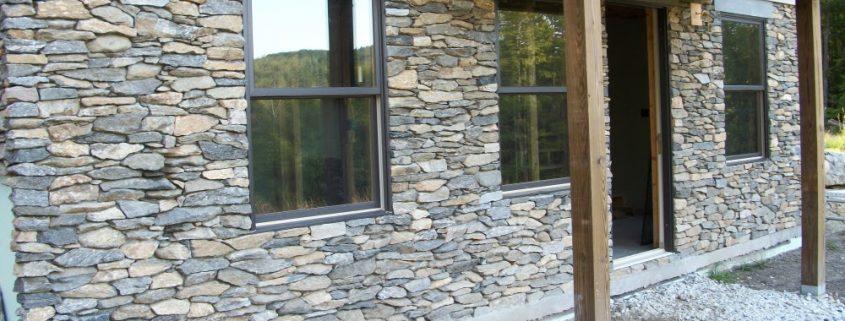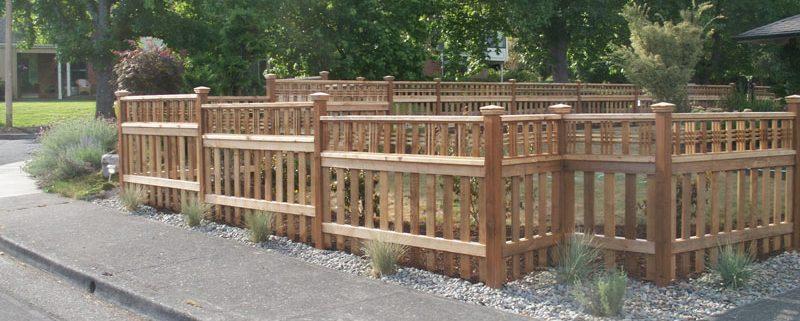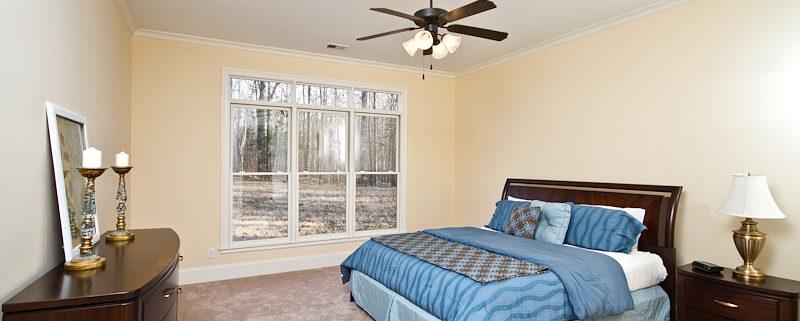An Alternative to Replacing Bathroom Tiles
Painting bathroom tiles is a great alternative to spending a lot of money changing them. Discolored or ugly tiles in your shower or a counter can be fixed using epoxy, latex or paint to oil. If you are thinking of painting your tile, determine the wear and humidity it would encounter before choosing paint. Spray paints, enamels and epoxies are unsuitable for tiles because they flake easily. However, acrylic paint when applied to clean and primed walls works well for a professional finish. In addition to paint, you only need a few more things to do a quick makeover in the bathroom.
Instructions
- Place a tarp down to gather dust that may be full when sanding.
- Clean the tile. Use an abrasive sponge and wash and remove all traces of soap cleaner. This will help get rid of shine. Continue to clean any dirty cracks with a nail brush and bleach. Rinse the wall with warm water to remove the cleaner and let it dry.
- Remove any remaining gloss from the tiles with an orbital sander. This step is the most important and defines the quality and duration of your work. If there is any gloss left on the tile paint could peel off in as little as a week.
- Clean dust from the tile and apply primer. Make sure it is oil based and highly adherent. These characteristics help to block stains and will provide a more adhesiveness to the primer. Apply two coats of primer and allow to drying time between them.
- Sand the layer lightly to remove surface defects. Clean the dust with a damp cloth.
- Paint the tile with an oil based paint using a brush. Apply two or three thin coats of paint to the tiles allowing drying between each application. Allow two or three days for the last layer to dry completely.
- Finish the job by applying two coats of urethane using a natural bristle brush.
- Let the urethane dry according to manufacturer’s instructions. If you need to use the shower, it will be best to wait a day or two before letting the tile get wet.


